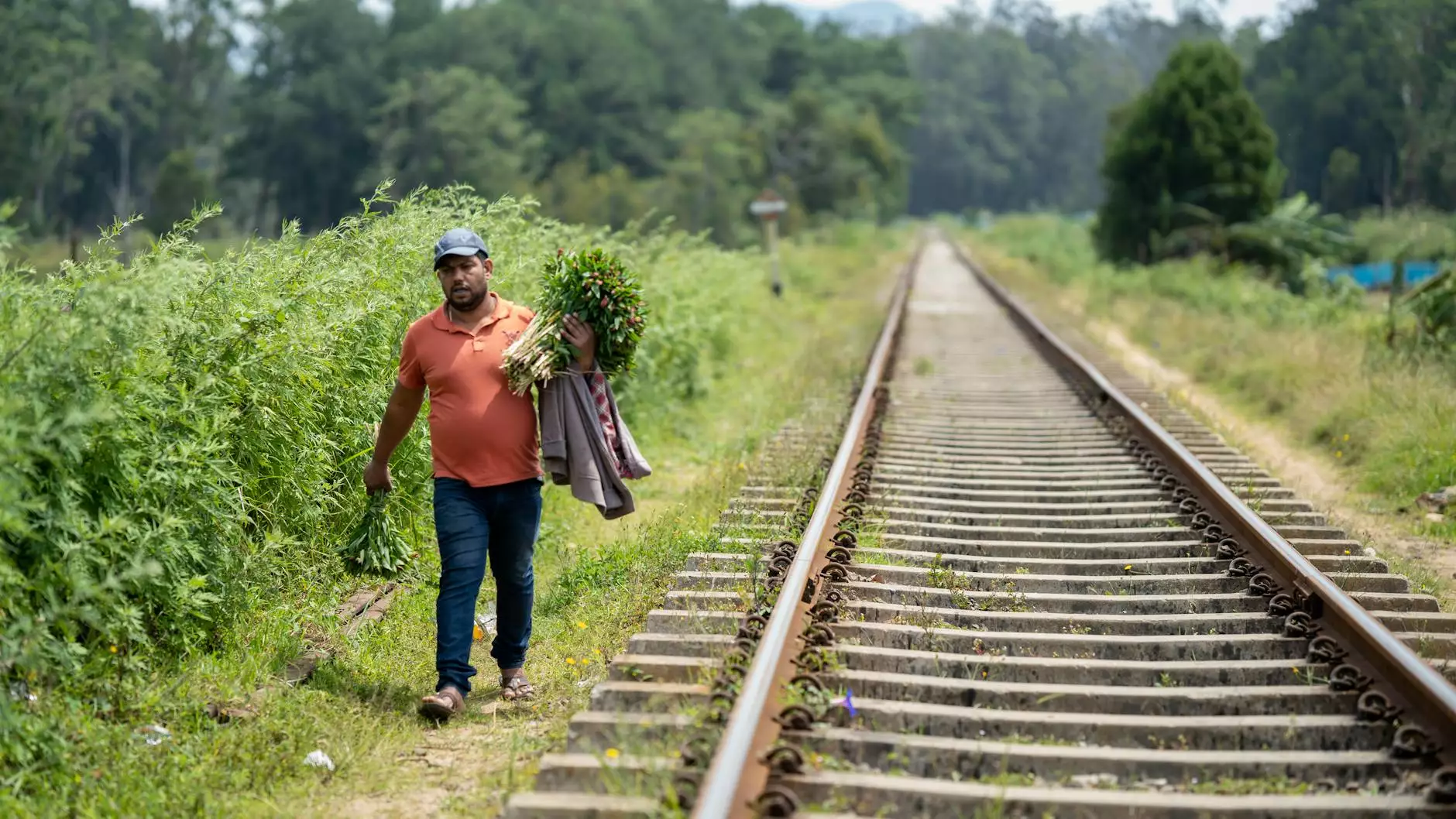Effective Strategies for Rice Bug Control in Farming

Rice is a staple food for more than half of the world’s population, making efficient farming practices immensely important. Among the myriad of challenges rice farmers face, managing rice bug infestations stands out due to its significant impact on yield and quality. This article will delve into comprehensive strategies for effective rice bug control, ensuring your crops remain healthy and productive.
Understanding Rice Bugs: Types and Characteristics
Before implementing control measures, it’s crucial to understand the enemy. Rice bugs, such as the rice planthopper and the brown planthopper, are notorious pests that can cause severe damage to rice plants.
- Rice Planthopper: This pest feeds on the sap of the rice plant, causing yellowing and stunting.
- Brown Planthopper: Known for its rapid reproduction, this bug can devastate entire fields if not controlled early.
- Leafhoppers: These insects not only damage the crop directly by feeding but can also transmit diseases.
Recognizing these pests is vital to understanding how to best control them effectively. A proactive approach helps minimize damage and loss of yield.
The Importance of Early Detection in Rice Bug Control
Timely detection is the cornerstone of any effective rice bug control strategy. Farmers should regularly monitor their fields for any signs of infestation. Here are some tips for early detection:
- Regular field inspections: Check for symptoms such as yellowing leaves and stunted growth.
- Use traps: Sticky traps can help monitor pest populations in real-time.
- Consult with experts: Regular assessments by agronomists can provide insights and recommendations.
Implementing these practices can help you identify problems before they escalate, allowing for targeted interventions.
Integrated Pest Management (IPM): A Comprehensive Approach
Integrated Pest Management (IPM) is a holistic approach to pest control that combines different strategies tailored to the specific conditions of your fields. The key components include:
1. Cultural Control
This aspect of IPM involves changing farming practices to reduce pest infestations. Some effective cultural controls include:
- Crop rotation: Rotating rice with other crops can disrupt the life cycles of rice bugs.
- Water management: Flooding fields can drown certain pests, particularly during early stages of the lifecycle.
- Field sanitation: Remove debris and weeds that can harbor pests.
2. Biological Control
Utilizing natural predators can also significantly reduce rice bug populations. For instance:
- Encouraging beneficial insects: Ladybugs and lacewings can feed on rice bugs.
- Parasitoids: Some wasps lay eggs in or on rice bugs, leading to their extermination.
3. Chemical Control
While it’s essential to be cautious with pesticides, there are times when chemical control becomes necessary. Consider the following:
- Use targeted pesticides: Choosing pesticides that specifically target rice bugs minimizes harm to beneficial insects.
- Follow application guidelines: Always adhere to recommended dosages and application timings to maximize effectiveness.
Best Practices for Rice Bug Control
Implementing the following best practices can enhance your rice bug control efforts:
Regular Monitoring
Constantly check pest populations in your fields. Tools such as pest management software can aid in tracking populations over time, helping you make informed decisions.
Training and Education
Integrate training programs for your staff to recognize early signs of rice bug infestations. Knowledgeable teams can act quickly, reducing potential damage.
Record Keeping
Maintain thorough records of pest populations, weather conditions, and crop performance. This data can provide valuable insights for future growing seasons.
Consultation with Experts
Do not hesitate to seek advice from pest management professionals. Companies like TSGC Inc. offer specialized resources and expertise tailored to your specific needs.
Utilizing Technology in Rice Bug Control
In today’s digital age, leveraging technology can significantly enhance pest management strategies. Some innovative tools include:
- Drones: These can be utilized for aerial monitoring of pest populations across vast fields, providing a comprehensive view that ground inspections may miss.
- Mobile apps: Several applications can help in identifying pests and tracking pest management activities efficiently.
- Soil sensors: Intelligent sensors can provide real-time data on soil conditions, which can influence pest behavior and control measures.
Conclusion: Commit to Sustainable Practices
In conclusion, effective rice bug control requires commitment to sustainable farming practices and a proactive approach to pest management. By implementing the strategies discussed in this article, you can significantly reduce the impact of rice bugs on your crops and ensure a sustainable yield.
At TSGC Inc., we specialize in providing top-notch services related to farming equipment and farm equipment repair. Our team is committed to helping you achieve the best possible outcomes for your farming needs.
Additional Resources
For further information and resources on rice bug control or any farming-related inquiries, feel free to reach out to our team at TSGC Inc.. Below are some helpful links to enhance your understanding:
- Farm Equipment Repair
- Farming Equipment
- TSGC Inc. Blog
By staying informed and applying the right techniques, you can ensure that your rice farming remains productive and lucrative. Together, let’s safeguard our crops and contribute to a secure food future!









